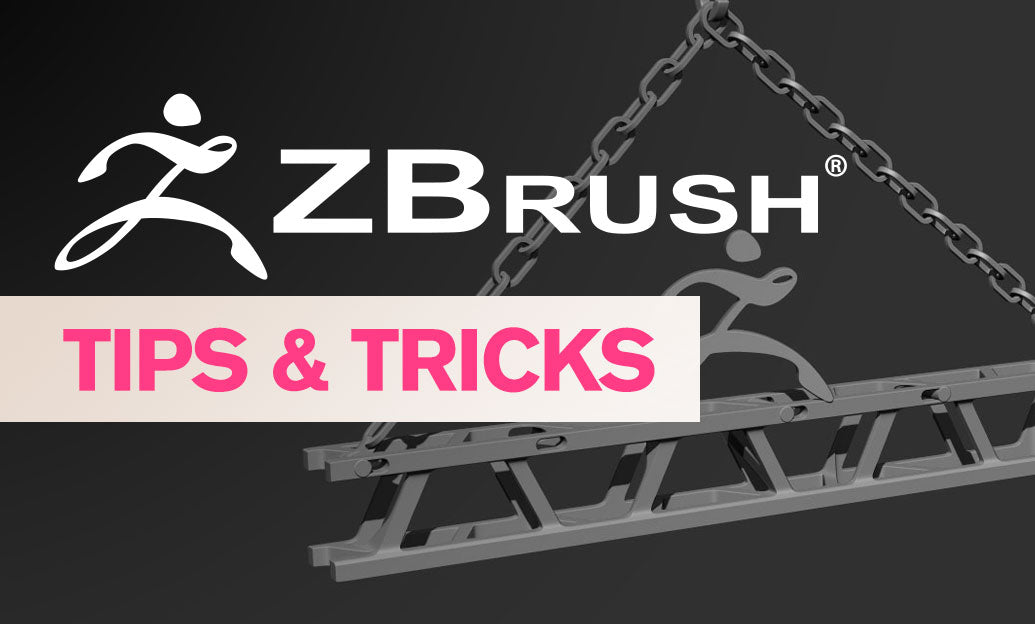Your Cart is Empty
Customer Testimonials
-
"Great customer service. The folks at Novedge were super helpful in navigating a somewhat complicated order including software upgrades and serial numbers in various stages of inactivity. They were friendly and helpful throughout the process.."
Ruben Ruckmark
"Quick & very helpful. We have been using Novedge for years and are very happy with their quick service when we need to make a purchase and excellent support resolving any issues."
Will Woodson
"Scott is the best. He reminds me about subscriptions dates, guides me in the correct direction for updates. He always responds promptly to me. He is literally the reason I continue to work with Novedge and will do so in the future."
Edward Mchugh
"Calvin Lok is “the man”. After my purchase of Sketchup 2021, he called me and provided step-by-step instructions to ease me through difficulties I was having with the setup of my new software."
Mike Borzage
Revolutionizing Design: The Impact of AI on Automation and Creativity in Modern Design Software
August 16, 2024 3 min read


I. Introduction to AI in Design Automation
Artificial Intelligence (AI) is revolutionizing the design landscape, bringing unparalleled efficiency and innovation to various design disciplines. From enabling complex computations to automating monotonous tasks, AI is redefining how designers conceptualize and realize their ideas.
Overview of AI in Design Software
AI in design software refers to the integration of smart algorithms that can learn, adapt, and optimize design processes with minimal human intervention. Initially, design transitioned from manual drafting to computer-aided design (CAD). Today, AI-driven design takes this further by introducing automation capabilities that were previously unimaginable.
The journey from simple assistance tools to full-fledged automation has been marked by significant milestones. Traditional CAD tools provided immense assistance, but the advent of AI is pushing the boundaries towards complete automation, enhancing both efficiency and creativity in the design process.
Why Automate Design Tasks?
Automating design tasks offers substantial benefits, including:
- Efficiency and productivity: AI-driven tools can accomplish repetitive and time-consuming tasks rapidly, freeing up designers to focus on more innovative aspects of their work.
- Reduction of human error: Consistency in output is achieved as AI algorithms eliminate human errors, ensuring high-quality results.
- Enabling designers to focus on creative and complex aspects: By handling routine tasks, AI allows designers to invest more time in creativity and complex problem-solving, which are inherently human strengths.
II. Key AI Technologies Facilitating Automation
Machine Learning and Neural Networks
Machine learning (ML) and neural networks form the backbone of AI in design automation. These technologies enable systems to learn from data, identify patterns, and make decisions with minimal human intervention.
In design tasks, ML can automate the creation of repetitive elements. For example, it can learn from existing designs to generate new elements that conform to specified styles and standards, thus saving time and ensuring consistency.
Natural Language Processing (NLP)
Natural Language Processing (NLP) facilitates the understanding and interpretation of human language by machines. In the context of design, NLP can interpret design requirements and convert them into executable actions within design software.
This technology streamlines communication between designers and software, making it easier to translate complex ideas into tangible design elements. It can also assist in generating design documentation by understanding and organizing design specifications.
Computer Vision
Computer vision technology enables machines to interpret and make decisions based on visual data. In design, this is particularly useful for detecting design flaws and enhancing quality control through image and pattern recognition.
By automating the detection and correction of design errors, computer vision ensures high-quality outcomes and reduces the need for extensive manual inspections.
III. Applications of AI in Routine Design Tasks
Automated Drafting and Modeling
AI can significantly enhance drafting and modeling processes. By auto-generating 2D and 3D models from specifications, AI reduces the time and effort required for these tasks.
Parametric design adjustments can also be managed by AI algorithms, which can adapt designs based on predefined rules and constraints. This ensures that changes are implemented consistently and efficiently.
Optimization and Simulation
AI-driven optimization tools assist in improving material usage and ensuring structural integrity. These tools can analyze numerous design iterations rapidly, identifying the most efficient and effective solutions.
Rapid simulation capabilities allow designers to test various scenarios and outcomes, making it easier to predict performance and identify potential issues early in the design process.
Documentation and Reporting
Automating the generation of Bills of Materials (BOMs) and other documentation is another key application of AI in design. This automation ensures that documents are accurate and up-to-date, reducing the risk of errors.
AI can also create detailed design reports and conduct compliance checks, ensuring that designs meet all necessary standards and regulations.
IV. Challenges and Future Prospects
Challenges in AI Adoption
Despite the numerous benefits, there are challenges to AI adoption in design. Data quality and availability are critical issues, as AI systems rely heavily on large datasets to function effectively.
Resistance to change is another significant hurdle, particularly in industries with established practices and workflows. Additionally, ethical considerations and concerns about job displacement need to be addressed to ensure a balanced and fair integration of AI technologies.
Future Trends
The future of AI in design software is promising, with increasing integration across various platforms. AI is expected to play a more prominent role in collaborative and interdisciplinary design processes, facilitating better communication and cooperation among different teams.
As AI evolves, we may see the emergence of fully autonomous design systems capable of handling end-to-end design processes with minimal human intervention, heralding a new era of innovation and creativity in the design world.
Also in Design News

ZBrush Tip: Local Transform Pivot Workflows for Precise Gizmo Editing
November 06, 2025 2 min read
Read More
AutoCAD Tip: eTransmit Best Practices for Reliable AutoCAD Deliverables
November 06, 2025 2 min read
Read MoreSubscribe
Sign up to get the latest on sales, new releases and more …



